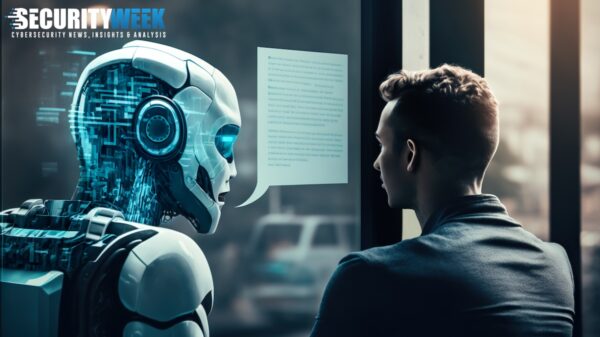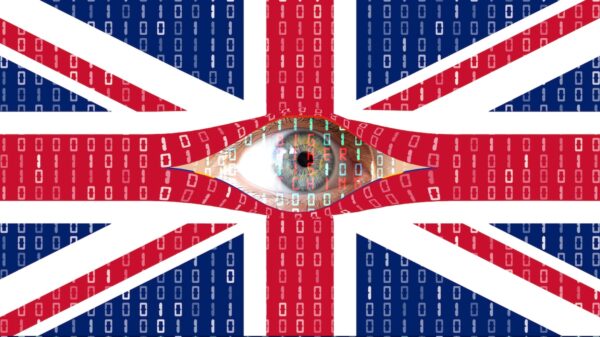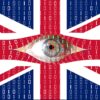Privacy Implications of Powerline Electromagnetic Interference from Televisions
One side effect of deploying unencrypted smart meters in home across the country is that someone on the street with a wireless laptop can extract private details about the home owner — such as whether the person is home, whether they have a leak in their water pipes, and whether the person lives alone or not. Now researchers have come forward with a way to discern the personal TV viewing habits of the home owner simply by measuring the fluctuation in the power or what’s known as EMI- (EMI).
 In a new white paper, researchers from the University of Washington asked whether TVs of different makes, models, and technologies produce repeatable EMI, when given repeated screen content? Further, does different screen content produce differentiable EMI patterns from a given TV? Is EMI consistent across multiple instances of TVs from the same model family? And, could the researchers match EMI recorded in a lab setting to EMI extracted in homes, especially when those homes might have a diverse array of other consumer electronics connected to the same power line?
In a new white paper, researchers from the University of Washington asked whether TVs of different makes, models, and technologies produce repeatable EMI, when given repeated screen content? Further, does different screen content produce differentiable EMI patterns from a given TV? Is EMI consistent across multiple instances of TVs from the same model family? And, could the researchers match EMI recorded in a lab setting to EMI extracted in homes, especially when those homes might have a diverse array of other consumer electronics connected to the same power line?
They were able to answer all questions in the affirmative.
The culprit appears to be switched mode power supplies (SMPS), the type of power supplies that provide higher efficiency and smaller form factor for consumer electronics. In fact, Energy Star mandates the some consumer electronics use SMPS power supplies, so consumers have little choice. And it’s that same efficiency and small form factor make SMPS convenient for consumers looking to save money on their latest slim gadget.
Unfortunately, one consequence of SMPS is EMI, which can be monitored remotely. The researchers developed the ability to determine the particular EMI signatures of various motion picture studio splash screens–you know, the logos for Sony, MGM, etc. Further, the researchers found that they could still isolate the video signal from all the other “noise” in the EMI.
This latter observation could be very useful to the FBI: the absences of motion picture studio logos could be used to determine the display of pirated copies of popular videos. It could also lead to privacy violations: someone outside your house could learn what video you watch without ever seeing the screen.
But is that a realistic scenario?
The researchers did conclude, that “from a privacy perspective, we also observe that today’s utility companies are not collecting the granularity of information necessary for repeating our analyses, and the [Ubiquitous computing] technologies from the research community that could collect this type of information are not yet widely deployed.” In other words, this privacy concern is still a few years off, but it is possible for someone who’s determined to know what you you’re watching.












